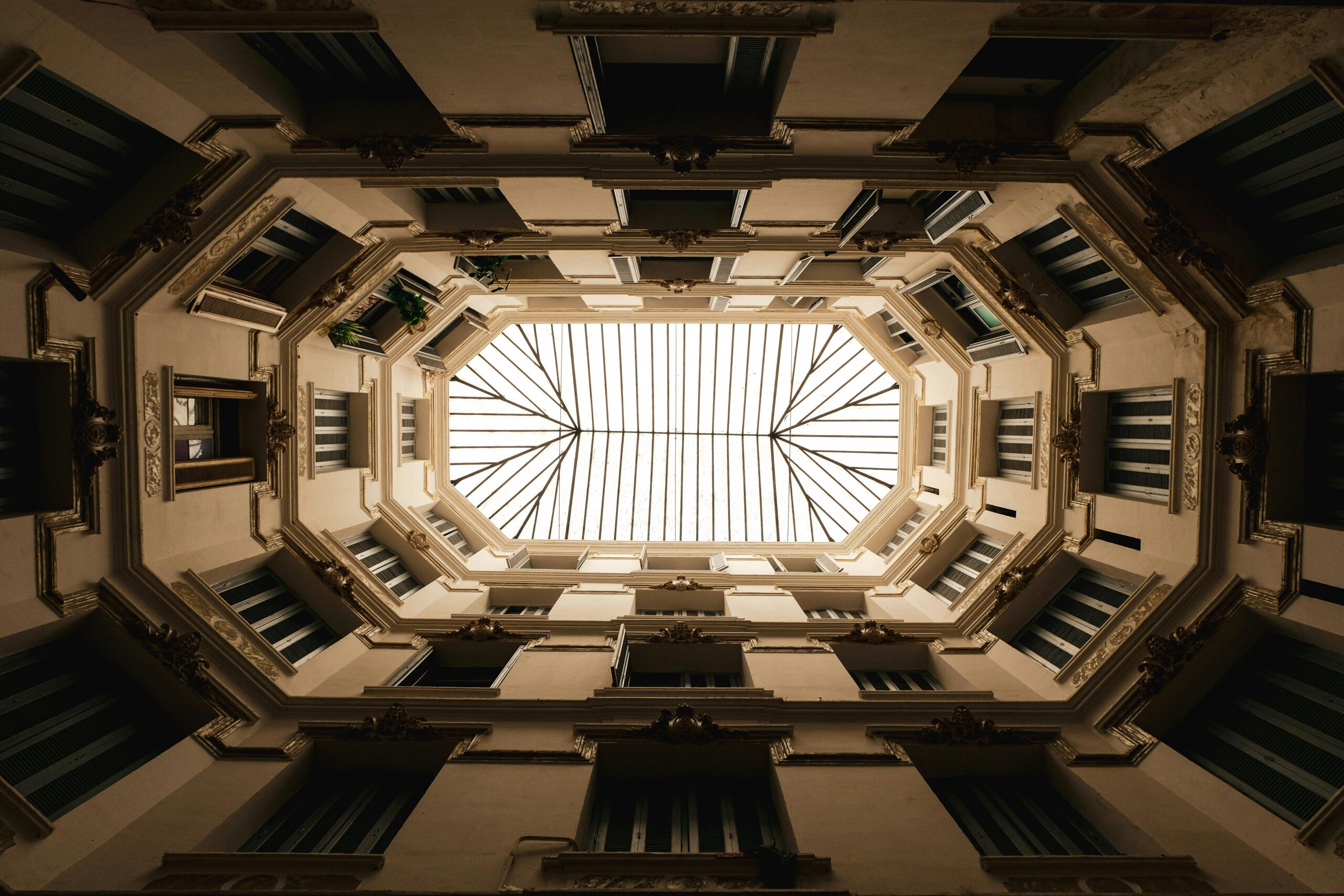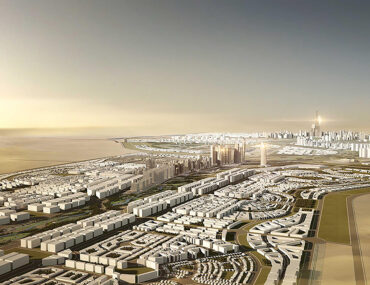The Egyptian real estate market faces a dynamic landscape as the country navigates economic challenges and new government policies. These shifts have significant implications for potential buyers and renters in the property sector.
A comprehensive analysis of the current trends and insights can be found in the Market Watch report for H1 2024. This report offers valuable information to help individuals make informed decisions in Egypt’s evolving real estate market.
Key Economic Developments and Market Outlook
Egypt’s economy has navigated significant hurdles in recent times. The nation grappled with currency depreciation, leading to heightened inflation and reduced purchasing activity. Maritime trade disruptions in the Red Sea impacted Suez Canal earnings.
Despite these obstacles, the economy demonstrated resilience:
- GDP growth: 3.8% (actual), 2.6% (projected)
- Real estate sector: -3.14% (current), 2.58% (2024 forecast)
- Construction sector: -4.6% (current), 2.43% (2024 forecast)
H1 2024 brought notable investments:
- $35 billion Emirati project in Ras Al Hekma
- IMF extended fund facility increase from $3 billion to $8 billion
These developments signal potential economic stabilization and growth. The real estate and construction sectors, while currently experiencing contraction, show promising forecasts for 2024. This upturn may stimulate broader economic recovery and attract further foreign investment.
Egypt’s economic landscape remains dynamic, with challenges balanced by strategic initiatives and international support. Monitoring these trends will be crucial for investors and policymakers in the coming months.
Real Estate Market Outlook
Current Construction Initiatives
Egypt’s real estate sector demonstrates robust activity in H1 2024. Approximately 600 active projects are underway in residential and mixed-use sectors, valued at $309,629 million. These account for 51.1% of total projects and 69.8% of overall investments.
Private sector dominance is evident, controlling 68.9% of ongoing residential project investments at $213,240 million. This represents 86.5% of all residential projects by H1 2024’s end.
Government residential development spans 13 governorates, while private initiatives cover 20. Cairo and Giza host 62.4% of private-sector projects. Cairo alone contributes 30% of government developments, with Suez following at 11.1%.
Cairo’s real estate market is particularly active:
- 57.5% of total residential investment
- 252 projects across 21 regions
- New Administrative Capital: 39.2% of Cairo investments
- New Cairo: 23.3%
- Capital Gardens: 18%
Giza accounts for 16% of overall investments across 9 areas:
- October City: 55.9% of Giza’s investment
- Sheikh Zayed City: 22.8%
Greater Cairo’s share of total residential real estate investment stands at 73.5%.
Recently Announced Developments
H1 2024 saw a 50% increase in newly launched projects compared to H1 2023. This growth is attributed to economic stabilization following currency flotation, which eliminated black market trading and boosted economic confidence.
Key figures for H1 2024:
- 12 new projects across 5 cities
- Total cost: $1.59 billion
- 12 different developers involved
Comparison to H1 2023:
- 8 new projects
- Total cost: $1.123 billion
Regional distribution:
- Cairo: 19.5% of new project investments
- Giza: 39.3% of residential investments, valued at $625 million across 5 projects
Completed Constructions
H1 2024 witnessed the completion of 8 projects valued at $319 million. This represents a 50% decrease in volume and 75% decrease in value compared to H1 2023.
Project distribution:
- Cairo:
- 2 projects
- Total cost: $160 million (50.2% of H1 2024 investment)
- Matruh:
- 1 project: “Mountain View—Ras El Hekma—Paros Phase”
- Value: $100 million
Sector breakdown:
- Private sector: 6 projects, $240 million
- Government sector: 2 projects, $79 million
The Egyptian real estate market continues to evolve, offering diverse opportunities for investors and residents alike. With ongoing developments across multiple governorates and a mix of private and government initiatives, the sector shows resilience and potential for growth.
Egypt’s New Capital: A Hub of Development
The New Administrative Capital (NAC) of Egypt is experiencing significant growth and investment. In early 2024, the city boasted 106 active projects with a total value of $69,832 million, accounting for 22.6% of all investments in the country. Government initiatives play a crucial role, with 16 projects representing 72.1% of the city’s total investment.
Private sector involvement is substantial, with 90 projects valued at $19,494 million. Real estate developments in the NAC have made impressive progress:
- 72.6% of projects are over halfway complete
- 8 projects are nearing completion (90%+ finished)
- 23.6% of projects are 75-90% complete
The NAC recently introduced “Justice City,” a $161 million project. Additionally, two projects worth $160 million were completed:
| Project Type | Developer | Value |
|---|---|---|
| Government | Public | $60M |
| Private | TMG | $100M |
TMG (Talaat Moustafa Group Holding) delivered the larger two finished projects, highlighting the important role of private developers in NAC’s growth. As construction continues at a rapid pace, the NAC is poised to become a major center for government, business, and residential development in Egypt.
Hot Property Areas for Purchase and Rental
Real Estate Purchase Costs in Egypt
The Egyptian real estate market offers diverse options for buyers across several popular areas. In New Cairo City, one-bedroom apartments average around EGP 5,000,000, while three-bedroom units reach approximately EGP 7,000,000. Sheikh Zayed City commands some of the highest prices, with three-bedroom apartments fetching about EGP 8,164,000.
For those seeking more spacious accommodations, villas present an attractive option. In Madinaty, five-bedroom villas can cost up to EGP 35,000,000. New Cairo City also boasts high-end offerings, with similar properties priced around EGP 27,000,000.
The New Capital City provides more affordable options, with one-bedroom apartments starting at EGP 3,713,000 and three-bedroom units at EGP 4,800,000. This emerging area attracts investors looking for potential growth opportunities.
6th October City and Mostakbal City offer a range of price points. In the 6th of October City, one can find three-bedroom villas for approximately EGP 12,950,000, while Mostakbal City offers similar properties for around EGP 9,000,000.
Rental Property Rates in Egypt
Egypt’s rental market caters to various budgets and preferences. New Cairo City stands out as one of the pricier areas for renters. One-bedroom apartments here typically go for EGP 28,000 per month, while three-bedroom units can reach EGP 46,000 monthly.
El Maadi, known for its expatriate community, offers one-bedroom apartments for around EGP 22,000 and three-bedroom units for EGP 37,000 per month.
For those seeking more affordable options, Madinaty provides competitive rates. One-bedroom apartments in this area rent for approximately EGP 15,000 monthly, with three-bedroom units at EGP 20,000.
Villa rentals showcase the luxury end of the market. In New Cairo City, a three-bedroom villa commands about EGP 80,000 per month, while a five-bedroom property can reach EGP 150,000. Mokattam offers some of the highest-priced villa rentals, with five-bedroom properties fetching up to EGP 150,000 monthly.
Sheikh Zayed City presents a mix of options. Apartment rentals range from EGP 18,000 for a one-bedroom to EGP 33,000 for a three-bedroom. Villa rentals in this area start at EGP 80,000 for three bedrooms and can go up to EGP 100,000 for five bedrooms.
6th October City provides more moderate rental prices. One-bedroom apartments average EGP 20,000 per month, while three-bedroom villas rent for around EGP 50,000.
These figures reflect the diverse real estate landscape in Egypt, catering to various preferences and budgets. The market continues to evolve, influenced by factors such as location, amenities, and overall economic conditions.



